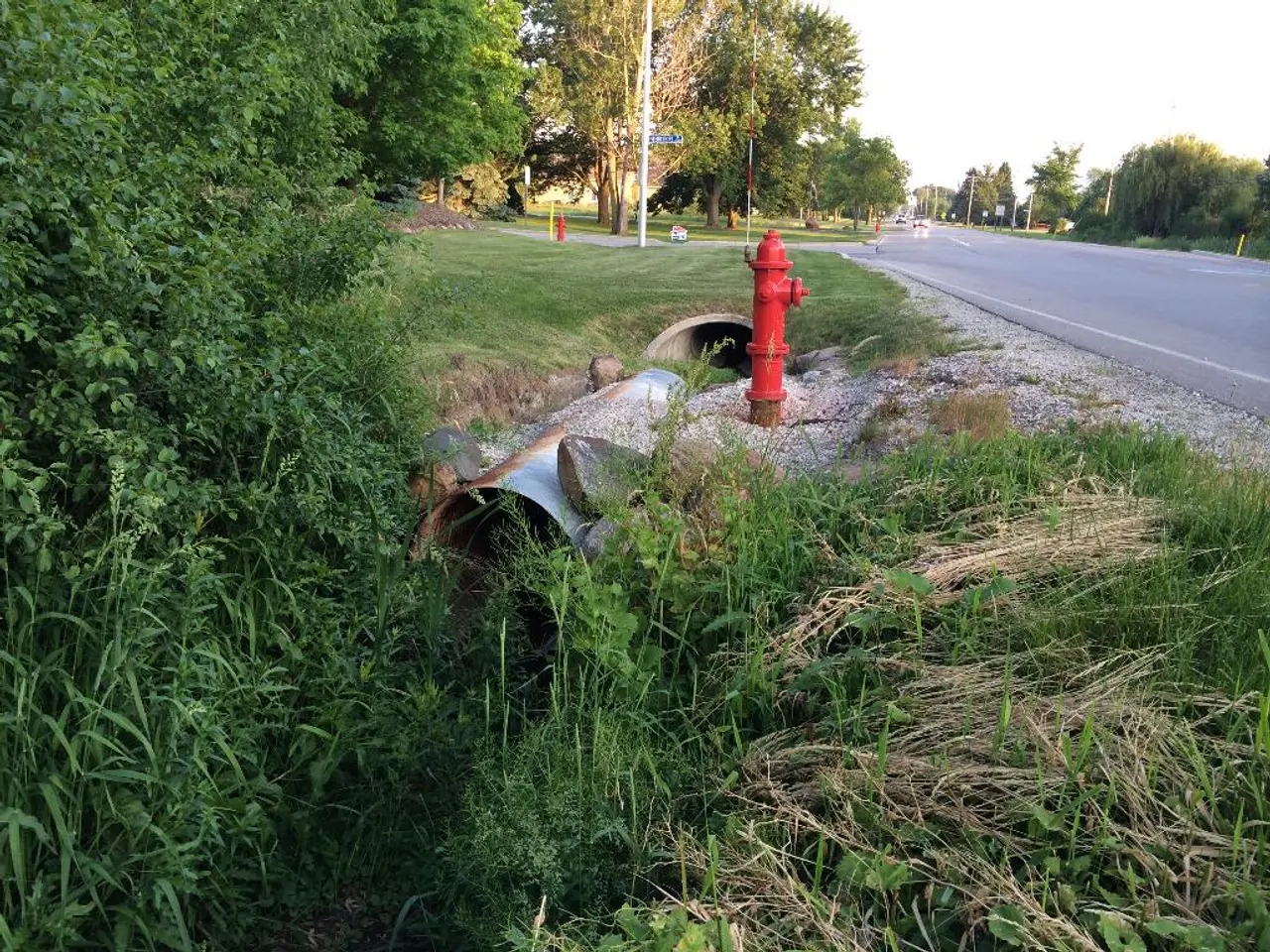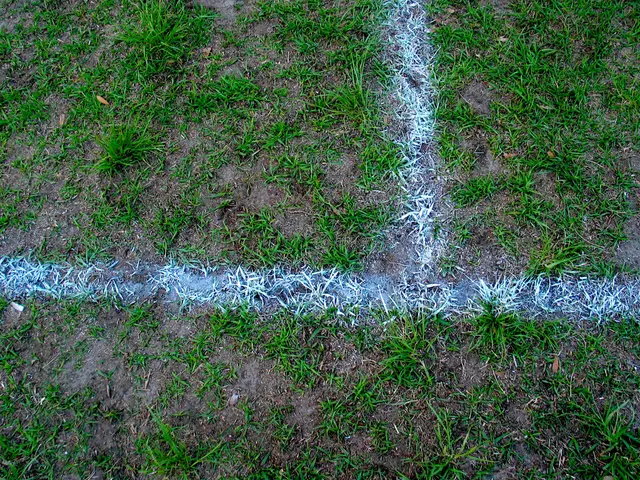Guide on Hydrangea Rooting: Steps for Hydrangea Cuttings Propagation
How to Propagate Hydrangeas: A Step-by-Step Guide
Hydrangeas are a beloved garden and front yard plant, known for their showy blooms. Here's a comprehensive guide on how to propagate these beautiful plants using both soil and water methods.
Propagating Hydrangeas in Soil
- In spring or early summer, select a healthy green stem and cut a 4-6 inch piece just below a leaf node, making sure to avoid flower heads.
- Remove the lower leaves, leaving 2-3 leaves at the top to allow photosynthesis but reduce moisture loss. (Optional: Dip the cut end in rooting hormone to encourage root growth.)
- Prepare a pot with moist, well-draining sterile soil and insert the cutting about 2-3 inches deep.
- Water thoroughly and cover the pot with a plastic bag or clear cover to maintain humidity, but ensure some airflow to prevent rot.
- Keep the soil moist, and after 2–3 weeks, gently check for resistance when you slightly tug the cutting, indicating root development.
- Once rooted, transplant the cutting to a larger pot or garden location after acclimating it gradually to normal conditions.
Propagating Hydrangeas in Water
- Cut a healthy 8-12 inch stem early in the morning just below a leaf node, again avoiding flowers.
- Remove most of the lower leaves but leave a few at the top for photosynthesis.
- Place the cutting in a shallow container with enough water to submerge the stem but keep leaves above water.
- Change the water every few days to prevent stagnation and bacterial growth.
- After a few weeks, roots should develop from the submerged nodes. When roots reach about 2-3 inches, transplant the cutting to soil.
- Gradually acclimate the rooted cutting to soil conditions by keeping the humidity high initially, then reducing it over time.
Both methods are effective, with water propagation offering the advantage of visually monitoring root growth, while soil propagation can produce stronger root systems more quickly once established. Using rooting hormone is optional but may improve success rates in both cases.
This guide synthesizes detailed steps from multiple gardening sources for reliable hydrangea propagation. However, it's important to note that hydrangea seeds do not grow true to type, meaning any plants grown from seed will likely look different from their parents. To propagate hydrangeas and ensure an identical plant, it's best to use cuttings from new growth, which are lighter green in color, at least 6 inches long, and contain at least one additional set of leaves above the selected leaf node.
In colder climates where hydrangeas die back to the ground, the whole thing may consist of new growth. The best time to propagate hydrangeas is early autumn for the best chance of roots growing. Happy propagating!
Adopting the appropriate method depending on personal preference and resources, one can propagate hydrangeas either in soil for promptly established root systems or in water for visually trackable root growth. Gardening enthusiasts interested in home-and-garden projects and maintaining a desirable lifestyle could find this hydrangea propagation guide beneficial for enhancing their home-and-garden endeavors.




